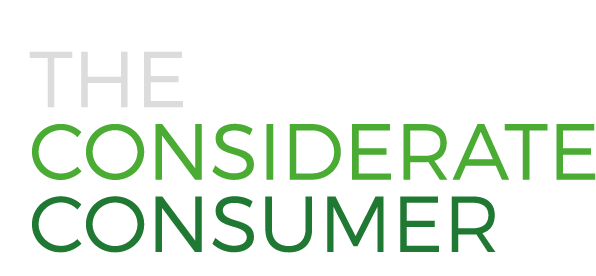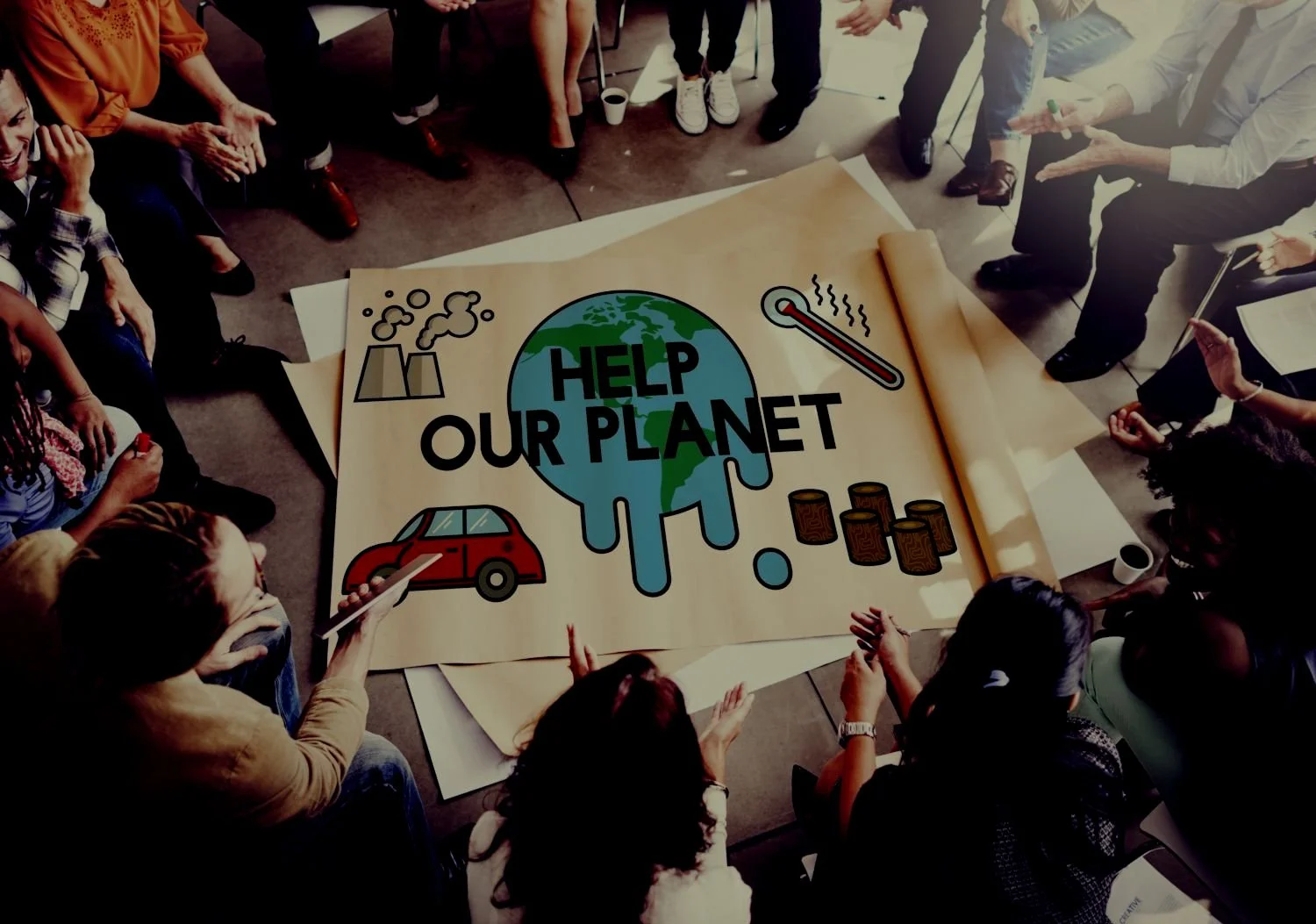We all use it every day. It is impossible to imagine our lives without plastic.
It ensures a high standard of living, as it provides hygiene (medical products, packaging, sanitary towels, diapers, etc.), makes life on the go and when travelling pleasant and uncomplicated (to-go products, disposable products, etc.) and is contained in many objects that make our everyday lives easier (vacuum cleaners, computers, dishwashers, sofa (covers), etc.).
Here are the most important basic facts about this risky wonder material.
What is Plastic?
Let’s get started to understand the basics.
Though the term plastic may imply something synthetic, plastics may exist as natural or semi-synthetic. This piece will mainly refer to synthetic plastic, particularly single-use plastics.
Virgin Plastic
Virgin plastic, or nurdles, is a new crude oil and natural gas product.
It is widely used for various packaging materials, bottles, containers, toys, consumer goods, etc.
As most plastic products are made from crude oil and natural gas processing, they are also called ‘petroplastics.’
Virgin plastic costs almost only half as much as recycled plastic.
Since virgin plastics are considered ‘pure plastic,’ they are considered higher quality and more durable than recycled plastic.
Single-use plastics
Single-use plastics are plastic consumer items for one-time use only before disposal, for example, to-go cups.
Approximately 98% of all single-use plastics are manufactured using virgin plastics.
In theory, most of them are recyclable.
In reality, most of those plastic types end up as “single-use plastics” and thus in landfills.
SHOULD WE GET RID OF SINGLE-USE PLASTICS?
Many single-use plastics seem redundant and have an extremely short life span, like that plastic bag at the bakery or the shrink-wrapped cucumber.
However, some single-use plastics are necessary and still lack effective, sustainable alternatives, for example, in healthcare.
COULD SINGLE-USE PLASTICS BE SUSTAINABLE?
Like any other material, single-use plastic is not inherently a ‘good’ or ‘bad’ material. However, its sustainable and effective use depends on how we develop a more sustainable way of using it.
Plastic items created with a long product life cycle in mind and are recyclable could be the key to more sustainable plastic use. For example, Lego, the Danish toy production company, utilises the circular economy approach to make plastic toy products more sustainable. A plastic product and its components retain economic value by adopting a circular economy as it moves across different markets and generations. So we can prevent the product from ending up as waste.
MICROPLASTICS
Microplastics are small plastic particles, typically less than 5 millimetres in size, that result from the fragmentation and breakdown of larger plastic items or are intentionally manufactured at a microscopic scale. These tiny plastic particles can be found in various environments, including oceans, rivers, lakes, soil, air, human blood and mother milk.
LEARN MORE
Check our sources: Bibliography →













